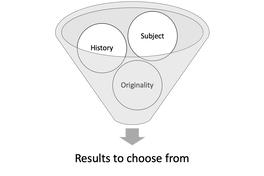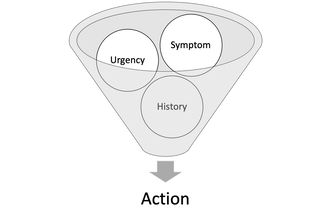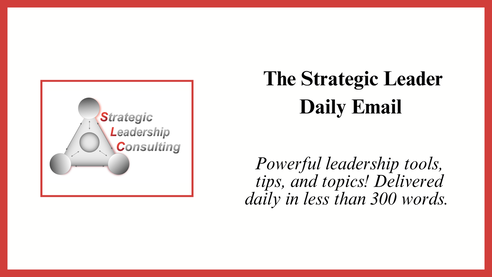|
Colleagues, This week we continue our work on developing a strategic mindset. When we type in a topic and hit a button and on our browser our results pop up, but what’s happening in that space between the click and the list of results? Your search engine is running an algorithm in order to get the “best” results. But what goes into the algorithm and why are they the “best” results?  While the algorithms for Google are cloaked in mystery, we do know that they take your topic, factor in your browsing history, and originality and recentness of content (see The Verge, Sept. 12, 2019). This produces a list that is unique to your search. It is not definitive, it is simply a list of possibilities arrived at through a series of calculations – the algorithm.  Interestingly, our minds work the same way. When confronted with an issue, my brain runs an algorithm. Like Google algorithms, the algorithms of our brains prioritize certain things. When we are on the treadmill of the urgent, we prioritize symptoms, urgency, and history. This algorithmic thinking helps us respond quickly to issues in a predictable fashion. However, we are largely unaware that the algorithm is running and because the algorithm is based on symptoms, urgency, and history, we are likely to continue responding to the same issues in the same ways. The sad result is that we continue running on the treadmill of the urgent. In order to get off the treadmill, we need to use our understanding of the three epiphanies to reconfigure our default algorithm. What do you think the algorithm of a strategic leader would prioritize? Think about it, and see how your thoughts compare to mine tomorrow. Do good and be well, Frederick
0 Comments
|
Categories
All
Archives
July 2024
|


 RSS Feed
RSS Feed